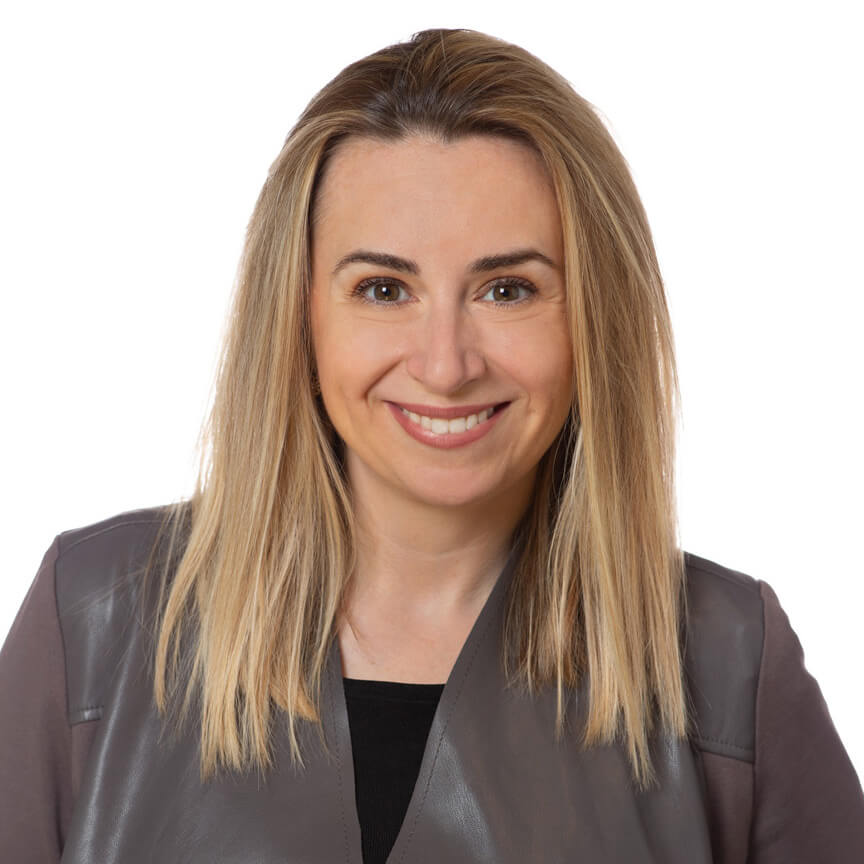Today is World Mental Health Day, a day observed by the World Health Organization with the objective of raising awareness of mental health issues.
While mental health awareness is something we can always use more of, it’s time to shift the conversation to include action as well. Seventy percent of teens believe that mental health issues are widespread and that conditions like anxiety and depression are major problems among their peers.
It’s a good thing that adolescents are increasingly acknowledging that the rise of anxiety and depression is a problem. Increased awareness has the potential to lead to a decrease in stigma of having and seeking care for a mental health condition. With that increased awareness though, there is a larger call to action for all of us around the world.
For World Mental Health Day, here are five things you can do to take action:
For yourself:
Figure out what professional mental health care providers are available to you: Even if you’re not seeking help from a mental health care professional right now, and don’t think you will be in the near future, doing some research now could help later. When feelings become overwhelming, it can feel like a monumental task to find a provider. Take the time now to use the search tools provided by your insurance provider or federally-funded health centers to see what’s available in your area. Even if you don’t book an appointment any time soon, you’ll can have it as an option in your back pocket whenever the need arises.
Create your emergency kit: You know how organizations like AAA recommend roadside kits for emergencies that happen in the car? It’s the same idea here: to have all of the tools you need for your mental health readily available as you journey through life. Unlike a roadside kit, you don’t need to buy certain things. In fact, you should already have the things you would put in this emergency kit. A mental health emergency kit is simply a mental list that contains all of the people and things that typically make you feel better. For example, you might include calling your mom, petting your cat, throwing on a favorite hoodie, or doing some yoga in your emergency kit. There are no “right answers,” just whatever works for you to boost your mood in the moment.
For others:
Reach out to a friend: Looking back on celebrity suicides in recent years, one common thing people commented on was that Robin Williams, Kate Spade, and Anthony Bourdain all seemed so happy on the outside. Few people had any idea anything was wrong. We never know what someone’s going through on the inside. Take time to check in with those close to you, even those who seem happy and strong. Not everyone you reach out to will want to talk, and that’s OK. Simply making the gesture can make people feel cared for.
Be ready to help: If you do encounter someone in distress, you can be prepared by educating yourself on how to best help. NAMI has great tips on how to communicate to de-escalate someone in crisis; however, you never need to do it alone and shouldn’t hesitate to reach out for help. To be prepared, make note of these key emergency resources that you can contact 24/7:
- 911: Your go-to in any life-threatening emergency. Inform the operator it is a mental health emergency when you call.
- 1-800-273-TALK (8255): The National Suicide Prevention Hotline offers confidential support through trained crisis counselors.
- Text HOME to 741741: The Crisis Text Line is the free, 24/7, confidential text message service for people in crisis.
Get involved: Amplify your voice by taking an active role in advancing mental health at the community, regional, or national level. From volunteering at Out of the Darkness walks to supporting legislative efforts at congressional and state levels, there is an option for everyone, no matter your talents or available time. Not sure where to start? Simply join the mailing lists of leading mental health organizations to stay in the loop of what’s happening near you, then decide:
What else is on your list?
What else is on your list to actively promote mental health and wellness, and help prevent suicide? We’d love to hear your ideas! Thanks for all you do to raise awareness and take action. Your words and actions both matter, and make a difference for lasting change.

By Monika Roots
Chief Medical Officer, Sanvello
Dr. Roots practiced as a child, adolescent, and adult psychiatrist. She was also a Clinical Adjunct Assistant Professor at University of Wisconsin-Madison and was most recently the Vice President of Health Services and Behavioral Health for Teladoc Health. In 2016, Teladoc Health acquired her business, CogCubed, a behavioral health analytics company. Dr. Roots earned her MD from University of Sint Eustatius School of Medicine and completed psychiatry residency and fellowship in child/adolescent psychiatry at the University of Minnesota.

